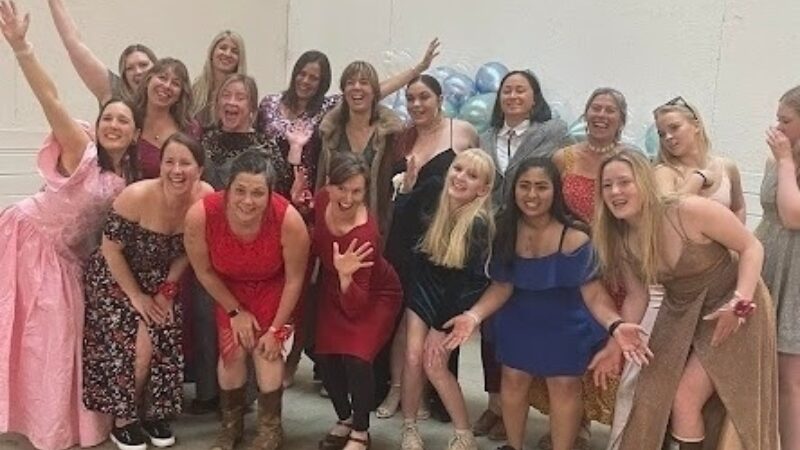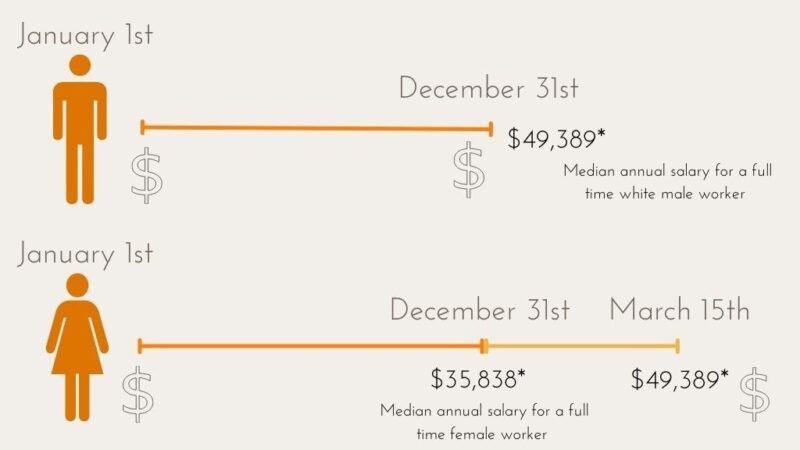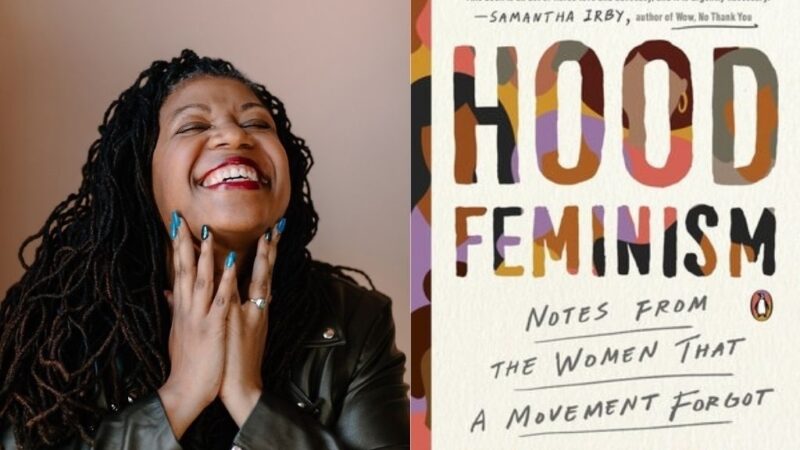PowerHouse Blog
A Closer Look at Leadership
August 23, 2017 | By Erika Rasmussen

"I've learned that people will forget what you said, people will forget what you did, but people will never forget how you made them feel." - Maya Angelou
On a large scale, what dictates someone to be a leader – is it their presence, is it their morality, is it their perceived power and influence? Maybe, it has everything to do with how an individual is remembered in the eyes of their peers. Whilst many a great leader could easily distinguish themselves into any, or all, of the listed categories above - true ‘power’ is only as strong as the force behind it, via the willingness of the public. Essentially clean-cut leadership, as it should be, is a form of guidance, a public service, through which all can mutually benefit. But how do we define leadership on a personal scale – or more importantly, how do we foster the same sense of humanitarianism in the next generation of leaders, in all capacities? To answer this, I find myself resonating on the words of Jocelyn Elders and Marian Wright Edelman: “You can’t be what you don’t see.” Despite recent advancements on behalf of women and minorities, America still presents a disparaging lack of diversity when it comes to role models, and leaders within our society - let alone our planet. Take a moment to consider these statistics: As of January 2017, only 20 of our world leaders, currently in power, are women. According to the 2016 Gender Gap Index, the United States currently ranks 73rd in women’s political empowerment. In our current political system, women only make up 19.3% of the U.S. House, and 21% of the U.S. Senate. In terms of State Legislature, women account for just 22.4% of State Senate seats, and 25.8% of State House or assembly seats. While women today hold almost 52% of all professional level jobs - they are only 14.6% of executive officers, 8.1% of top earners, and 5.4% of Fortune 500 CEOs. On top of this, America still has no standing law regarding equal pay for women. Revisiting the quote, “you can’t be what you don’t see.” – I find that representation is perhaps the most important tool we have been given to pass down to future generations. For most women, we underestimate our agency, as well as discredit our own unique abilities and perspective - to the point where, only through another’s achievements can we say to ourselves: “If she can do it, so can I!” For young girls, particularly minorities, it is extremely important she see, through maternal influence, various forms of social media, the political system, the academic environment, within the workforce etc. - someone like her. This is essential because modern society presents an extremely narrow, often unattainable image or implication, as to what a 'woman' should be - to which I respond in the words of Denise Bidot, "there's no wrong way to be a woman." We all need someone to identify with, someone to look up to, someone who understands where we've come from and the choices we've had to make – a leader who respects, and carries the values of the people they serve. If we can encourage more women to follow their passions, to be trailblazers for females from all walks of life, to embrace and believe in their own capabilities - we can finally establish an attainable future of equality, diverse leadership and representation for women everywhere. We've come a long way, baby - but there's still work to be done. Works Cited: Brown, Anna. “The Data on Women Leaders.” Pew Research Center's Social & Demographic Trends Project, Pew Research, 17 Mar. 2017, www.pewsocialtrends.org/2017/03/17/the-data-on-women-leaders/. “Current Numbers.” CAWP: Center for American Women and Politics , Rutgers Eagleton Institute of Politics, 2017, www.cawp.rutgers.edu/current-numbers. “Economies.” Global Gender Gap Report 2016, World Economic Forum, 2016, reports.weforum.org/global-gender-gap-report-2016/economies/#economy=USA.


